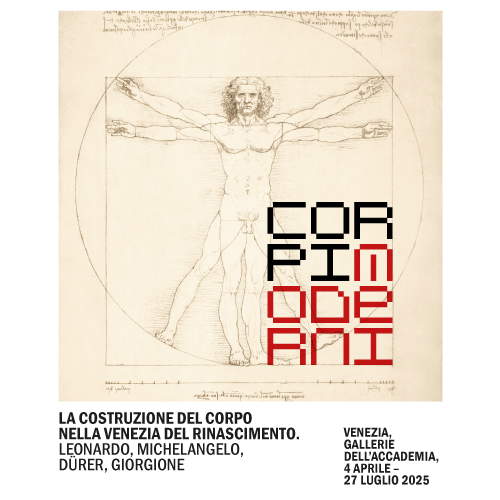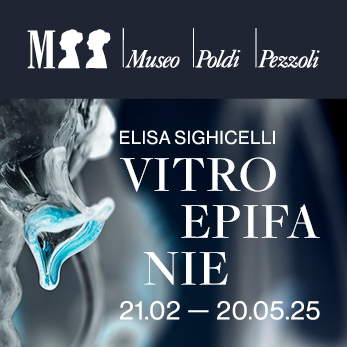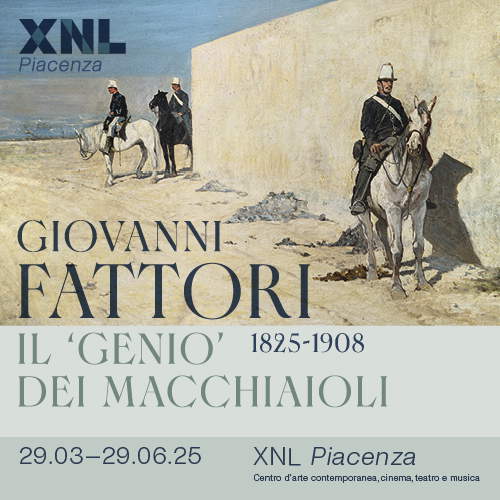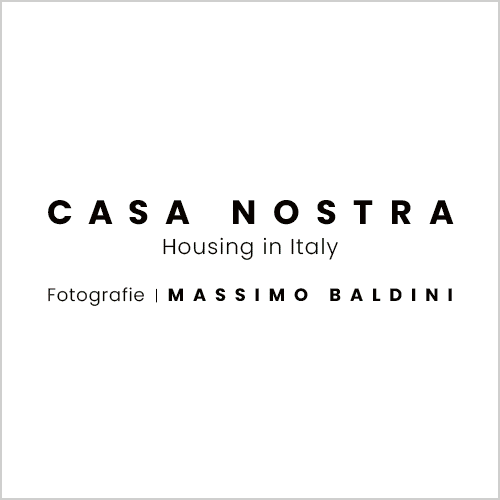Pinot Gallizio on display in Alba: focus on his interest in prehistory and archaeology
From April 12 to October 12, 2025, the “Federico Eusebio” Civic Museum in Alba is hosting the exhibition Era Gallizio. Pinot Gallizio and the Discovery of Prehistory: Finds, Works, Collecting, an unprecedented exhibition project that interweaves contemporary art, archaeology and biographical memory. The initiative is part of the calendar of celebrations marking the 60th anniversary of the death of Pinot Gallizio (Giuseppe Gallizio; Alba, 1902 - 1964), a key figure of the European post-World War II avant-garde.
Promoted by the City of Alba in collaboration with the Gallizio Archive of Turin and the Beppe Fenoglio Study Center, with the support of the GAM of Turin as part of the Esterno GAM project, the exhibition is curated by Maria Teresa Roberto, curator of the General Catalogue of Gallizio’s works.
The exhibition itinerary unfolds in the spaces of the “Federico Eusebio” Civic Museum, which houses numerous artifacts donated by Gallizio himself. They are the fruit of his archaeological research conducted between 1943 and 1949 near Alba, along routes already explored in the previous century by mineralogist Giovanni Battista Traverso. Alongside the prehistoric materials are period photographs, manuscripts and unpublished documents, including a personal logbook in which Gallizio noted the results of field investigations. It was a key rediscovery that helped revive interest in Alba’s Neolithic station and spurred new excavation campaigns.
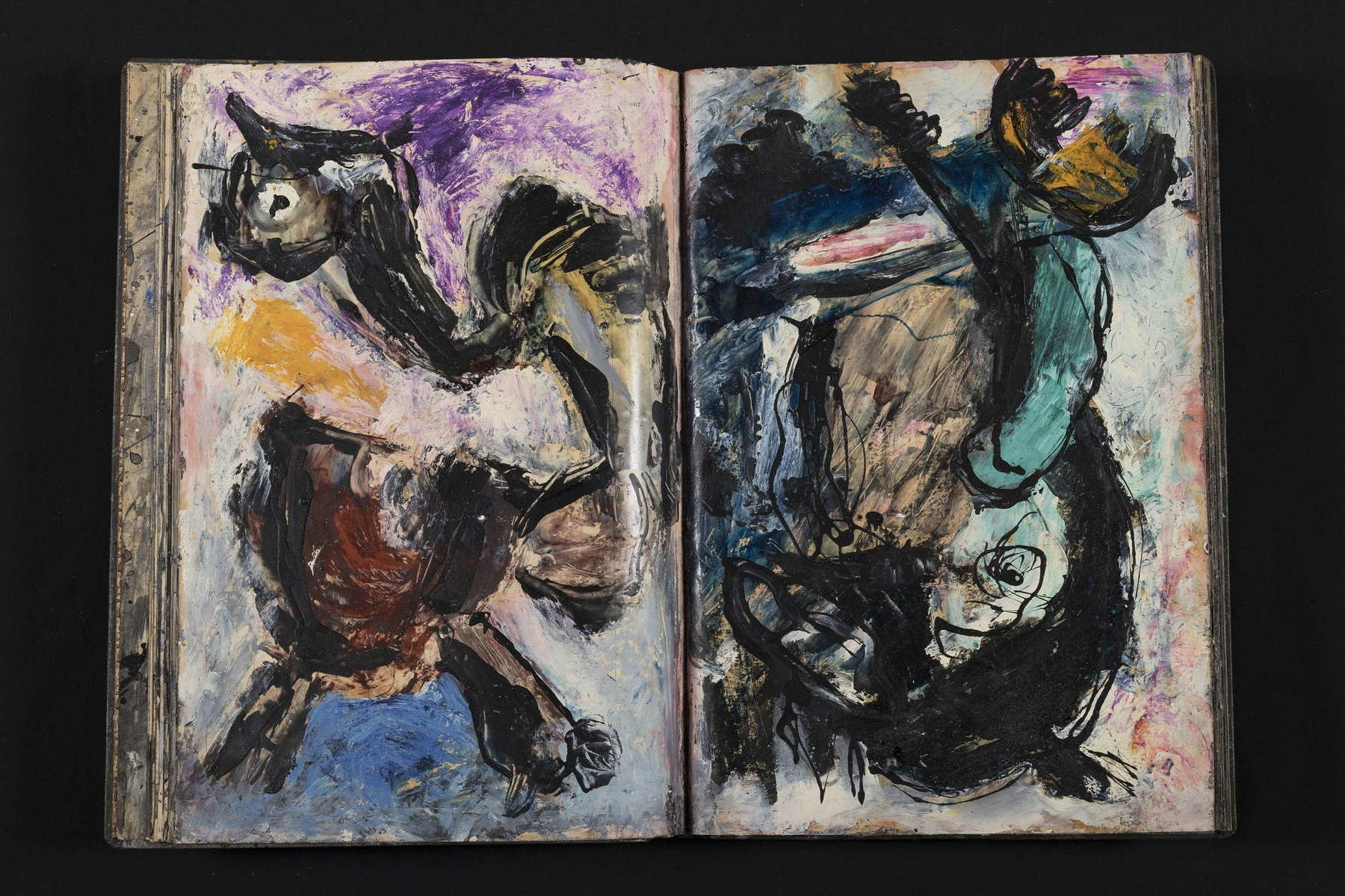
Theexhibition layout itself is part of the narrative: a series of graphic interventions integrated into the museum guide visitors along a path that puts the exhibits in dialogue with the artist’s pictorial, sculptural and installation works, restoring the complexity of his creative approach. The visual identity of the exhibition merges with the museum space to bring out a narrative in which prehistory is not only an object of study, but also the starting point for an artistic inquiry into the meaning of origin.
A crucial moment in Gallizio’s reflection was his meeting in the mid-1950s with Asger Jorn, a Danish artist who was one of the founders of the CoBrA group and the Movement for an Imaginist Bauhaus and who was himself passionate about archaeology and ethnography. From that moment on, for Gallizio, prehistory became a paradigm and symbol of the original creative act, as he himself affirmed to Carla Lonzi in the RAI documentary L’uomo di Alba (1963), shown in the exhibition.
Among the works featured are L’ansa dei pesci dolci (visible in the documentary), the monumental Sandstone Head of 1957 (never exhibited until now), several monotypes and numerous pages of the Diario emozionale, an extraordinary example of a “book-painting” made between 1956 and 1960, in which Gallizio explores all the expressive possibilities of the pictorial medium.
The exhibition also recalls the celebrated 1st World Congress of Free Artists, held in Alba in 1956, organized by Gallizio with Jorn, Piero Simondo and Elena Verrone. The artist’s workshop was transformed into the “Experimental Laboratory of the International Movement for an Imaginist Bauhaus” and became a crossroads of international experiences. It was on that occasion that Asger Jorn painted Heads, now preserved at the GAM in Turin and included in the exhibition itinerary.
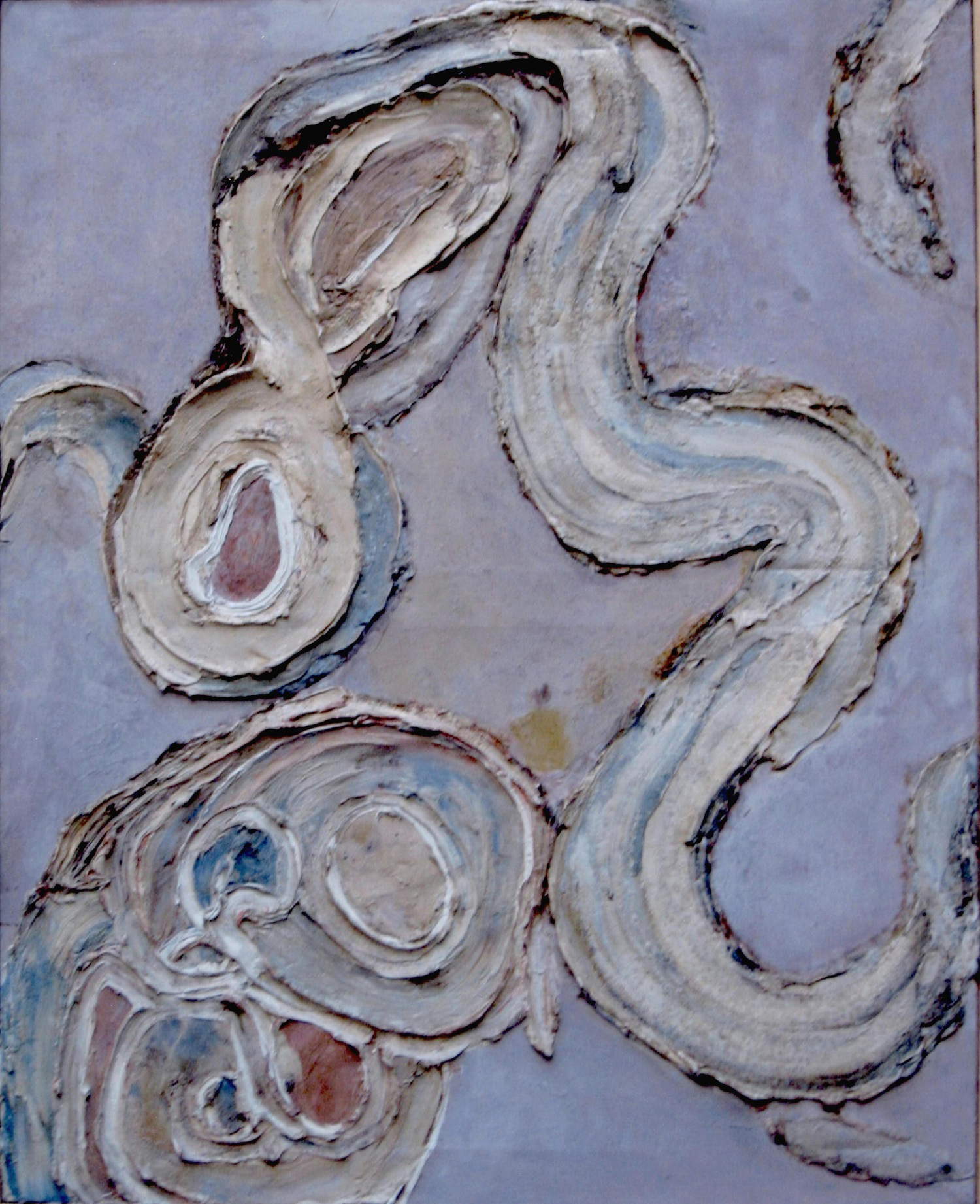
The influence of travel and cultural exchanges also emerges in Viking Chief, a canvas made in 1961 during a stay in Denmark, unpublished for Italian audiences. From the same year is The Unscrupulous Lichen, preserved by the City of Alba, evidence of Gallizio’s passion for botany and “plant chemistry,” a field that he placed alongside his artistic practice.
The itinerary closes with one of the most emblematic and intimate works: Anticamera della morte (1963), a true preconceptual installation, made in the last months of his life. An environmental work composed of containers and shelves housing heterogeneous objects related to the artist’s life and interests-from chemistry to herbalism, archaeology to painting-all covered in a veil of smoky black pigment. This monochrome also recalls the series of Blacks, an example of which is on display in the exhibition, and seals a profound reflection on existence, memory and matter.
Anticamera della morte is thus configured as a contemporary Wunderkammer, anticipating the practices of assemblage and installation, but above all as a “museum within a museum,” in which Gallizio preserves himself and his universe.
The exhibition was made possible thanks to the support of Fondazione CRC, Banca d’Alba, Mollo Noleggi, and with the contribution of the Ferrero Foundation, which has been supporting cultural projects dedicated to Pinot Gallizio for more than twenty-five years.
 |
| Pinot Gallizio on display in Alba: focus on his interest in prehistory and archaeology |
Warning: the translation into English of the original Italian article was created using automatic tools. We undertake to review all articles, but we do not guarantee the total absence of inaccuracies in the translation due to the program. You can find the original by clicking on the ITA button. If you find any mistake,please contact us.





